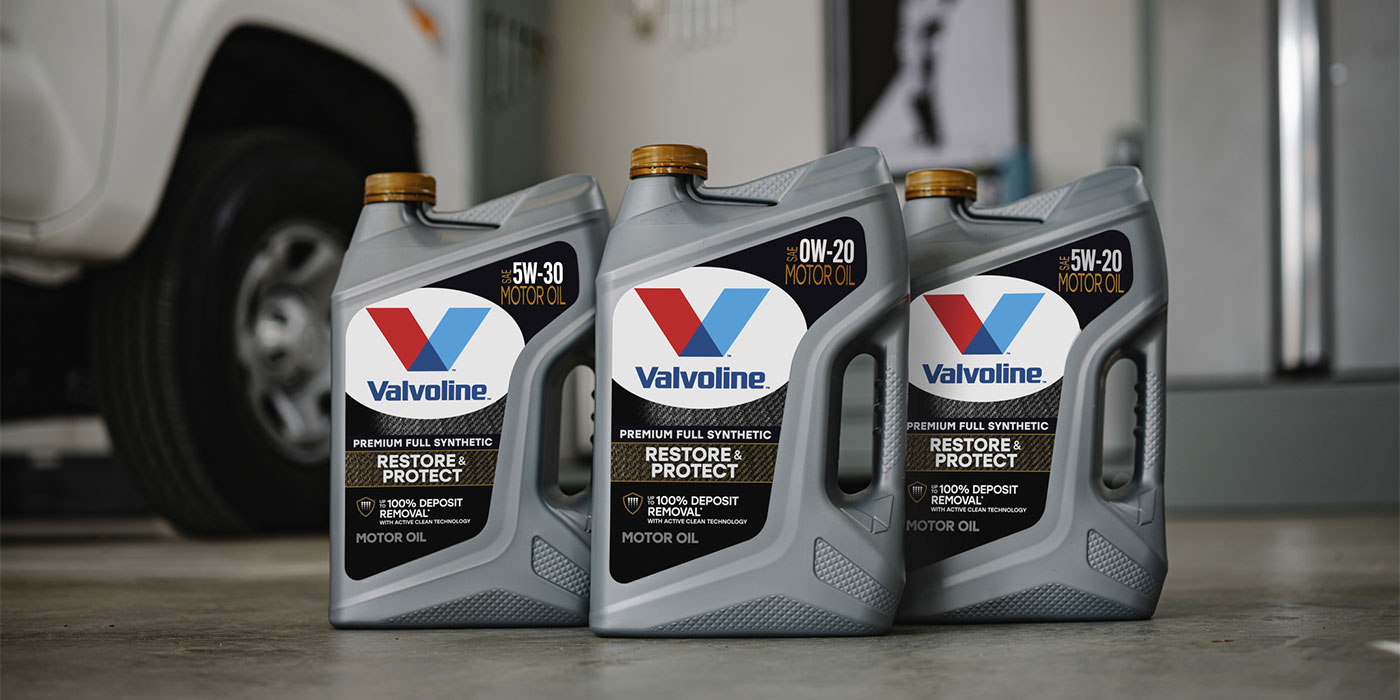How do you know when you’re going to have an engine service need? Sure, you run the recommended drain intervals and your vast years of knowledge can lend to correct gut decisions more often than not, but still… The roads trucks roll down are challenging, the demands are unceasing.
What if you had the clairvoyance to avoid potential engine damage?
A data-driven telematics solution like FleetguardFIT™, a remote monitoring solution that provides the oil quality in real time, could give you that insight. Of course, every fleet has an abundance of data, but to highlight the actionability of engine oil data, Shantanu Nadgir, Global Business Development Manager – FleetguardFIT Digital Business, pointed to several compelling examples.
Engine oil data use #1
Let’s say your expected diesel engine oil drain interval for a long-haul application is 60,000 miles, and you stick to it, dutifully administering your stringent PM and oil drain schedule. But suddenly you get an alert that your engine oil has degraded past its useful life at 40,000 miles.
First, there’s a sense of relief that you were alerted instead of running another 20,000 miles on bad oil. The second question is: What happened?
“Everyone’s scratching their head,” Nadgir said when retelling this exact mystery that cropped up in a FleetguardFIT pilot test. “After doing a bit more analysis, we discovered that the customer had changed the duty cycle. The new duty cycle increased idling time, which resulted in degradation of the engine oil and resulted in oil reaching the end of its life sooner than expected.
“If they didn’t have the FleetguardFIT solution, they would’ve kept operating with the engine oil drain interval of 60,000 miles,” he continued. “Doing it one time may not have created a big engine service issue, but doing that over and over again would have put them into an engine damage mode in the long run.”
Engine oil data use #2
It’s not just about catching potentially catastrophic issues before they happen. You can also utilize engine oil data to better plan your expected maintenance schedules and aim to reduce the number of times the truck rolls into the shop.
“We know that when an engine is in a shop for service, the filters, in many cases, have not been fully utilized, and the engine oil has a lot of life left in it, but the oil change service is still done because everyone is used to doing things a certain way,” Nadgir said.
The right engine data can show fleets a different, more profitable way of scheduling service.
“The FleetguardFIT solution is a remote monitoring solution that provides a pulse of the oil’s useful life in real time. We have a remaining useful life indication through our portal,” he said. “We are able to give a future time frame when we think the customer would have to pull the vehicle out of operation in a shop to conduct service on their consumables.”
Not only does that mean your trucks can run more miles and be more profitable, but that also reduces the number of filters and the amount of oil, in addition to cutting service costs and downtime costs.
Click here for more ways you can use engine oil data with FleetguardFIT to improve your bottom line.














